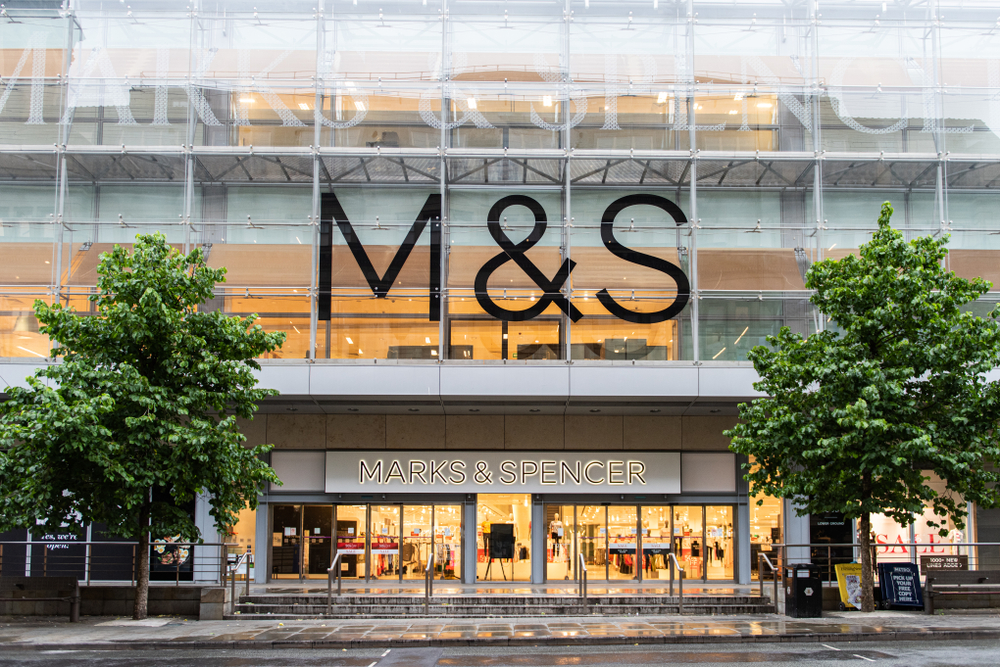Tougher COVID-19 restrictions kept shoppers away from post-Christmas sales in the last week of December, as footfall across the full four weeks after lockdown was lifted on 3rd December fell to less than half of the same period in 2019, according to the latest Retail Traffic Index (RTI) from Ipsos Retail Performance.
The figures showed that in the non-food stores that could remain open following the imposition of tougher restrictions from Boxing Day, footfall was down by -72.3% on the year before for the week commencing 27 December.
Stores in Northern England suffered the least hardship, though the deficit on last year was still substantial at -44.8%.
Dr Tim Denison, director of retail intelligence at Ipsos Retail Performance, explained:“At a time when we would normally expect the stores to be full of winter sale bargain hunters, Christmas voucher spenders and gift exchangers, helping the old year finishing with a flourish, 2020 has ended instead in a quiet whimper.”
He adds: “The widescale re-opening of non-essential stores from 3 December as part of the lift from lockdown was designed to help households enjoy some semblance of a normal Christmas and New Year, but the rapid transmission of the new strain of COVID-19 during December prevented this from happening. Instead, people have largely been acceptant of making the best of a quiet festive period where, despite its official classification as a white Christmas, for many the only thing outside that was white was the home delivery van.”
The figures are largely backed up by the latest footfall numbers from Springboard, which show that footfall strengthened in December dropping by -41.9%, compared with -51.2% in November when England was subject to Lockdown 2. Footfall declined by -50.8% in high streets, -45.6% in shopping centres and
-18.7% in retail parks.
The decline in footfall in December was in line with the average from March of -47.4%.
Footfall declined by -31.5% in the second and third weeks of the month following the end of Lockdown2, but worsened to -50% in the final two weeks following further Tier 4 restrictions in the penultimate trading week.
Boxing Day store traffic – traditionally the most iconic and important trading day for retailers –was 60% lower than on Boxing Day 2019.
Retail parks – with the majority hosting food stores – fared the best of the three destination types in December; in the week leading up to Christmas day, footfall in retail parks was only 19% lower than 2019 in retail parks but 47.2% lower in Shopping Centres and 54.6% lower in high streets.
Diane Wehrle, Springboard’s Marketing & Insights Director, says: “Somewhat inevitably, it was retail parks – with the majority hosting food stores – that fared the best in December, a narrative that has been frequently repeated since March. Indeed, unlike most high streets and shopping centres the cancellation of the relaxation of restrictions over the five day Christmas period is likely to have provided even greater support for retail parks as far more households then needed to stock up with Christmas food and groceries. In the week leading up to Christmas day, footfall was only 19% lower than 2019 in retail parks but 47.2% lower in Shopping Centres and 54.6% lower in high streets.”
Looking ahead
So what does the future have in store? With the UK now back into full lockdown until at least mid-February, these dire footfall figures are likely to continue to worsen. However, both Springboard and Ipsos remain cautiously optimistic that when things do open up, physical retail will bounce back.
A new year brings yet another lockdown which will be a further blow to non-essential retail but with a renewed optimism that bricks and mortar will bounce back in the summer as consumers will be eager to get out again and spend,” says Wehrle.
Ipsos’ Denison adds: “With trading figures being announced over the next week or so, we can but hope that online sales have helped salvage the performance of most non-essential goods retailers. No doubt the headlines will be grabbed by those that end up failing, but in truth they should be about celebrating all those retailers that have not just made it through the year, but have managed to adapt at speed, adjust their business models and became re-energised.”
He concludes: “Going into another lockdown at the start of the new year won’t be easy for many to weather, but let’s be thankful for the digital technology that has saved retail and enables retailers to continue to serve their customers, until such a time as we can all enjoy physical retailing safely again.”









